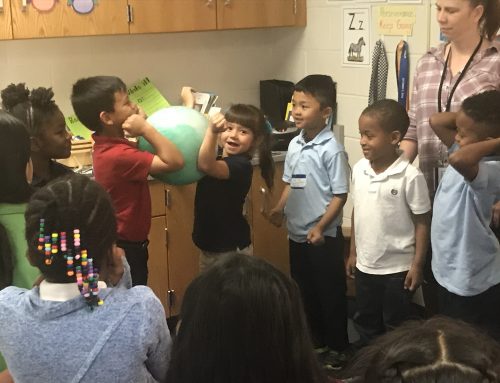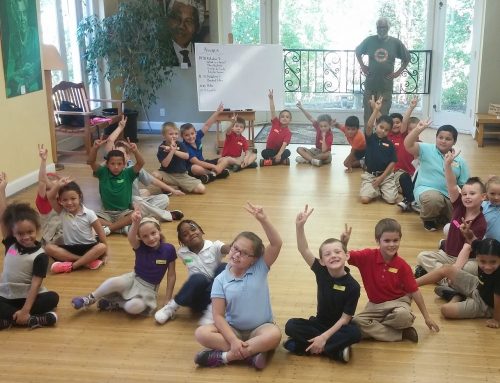by Clare Wildhack-Nolan, Youth Development Facilitator
I believe that Restorative Justice is a powerful tool as an educator and community member. The process is powerful as well as the solutions created.
I have been doing Restorative Justice Circles with a teacher who has been struggling with behavior issues in the classroom. I want to support the teacher’s desire to build relationships and to capture kids’ hearts in his classes. This teacher has a remedial English class with a lot of students who are frustrated with that topic and have not passed their ISTEP. Needless to say, many of them rather just not be there. I can’t say that Circles are always productive when participants don’t want to be there, but in this situation, I think it worked. They create a feeling of community and is built around the concept that everyone in the group should have a voice, are knowledgeable, and contribute worthwhile information and experience. The culture of RJ Circles often fosters a feeling that is the opposite of ISTEP prep.
In third period we now have done proactive circles, designed for relationship building and student generated themes of discussion. The other day we were able to have a restorative circle. The group was able to share and problem-solve sharing honest reflection regarding their own class dynamics. Students contributed their concerns around individual behaviors as well as the boredom they sometimes face with curriculum. The teacher was able to give perspective on his situation of having to balance state standard requirements for the course along with trying to make it more interesting for them. Students were able to express that they understood his perspective and there was not anything he could do about it at times.
In other classrooms, where it was their first circle, relationships already started to improve. Many of the students admitted that they had never really talk to each other nor did they know everyone’s name. We began building and sharing more information about each other.
One of the classrooms consists of a multi-lingual mix of students. Almost half of the class is learning English as a new language. Their first circle was one of the only times for the entire class to have a whole group discussion or even sit together as a whole group. Issues regarding language barriers came up and it was an opportunity for us to talk and educate through those differences that create barriers. In the future, I would like the group to spend time discussing the challenges and benefits of being a multi-cultural school and classroom, spending a good deal of time coming up with solutions to the challenges and creating plans to build better understanding.
The day overall was successful even through there were different challenges. Circles are a way to address the challenges in the moment as well as overtime. By using circles, students had a voice to express their opinions on topics such as: who they are, what laws they think should be changed, what they would do if they were governor, and input on their own classroom climate. I can’t wait to see what happens over time, and I’m glad that I can support this teacher who understands relationship building is key to creating a better classroom climate. The teacher thinks that if circles had started at the beginning of the school year that their classroom community would be in a better place. Now this teacher will be able to implement them next year from the start.

